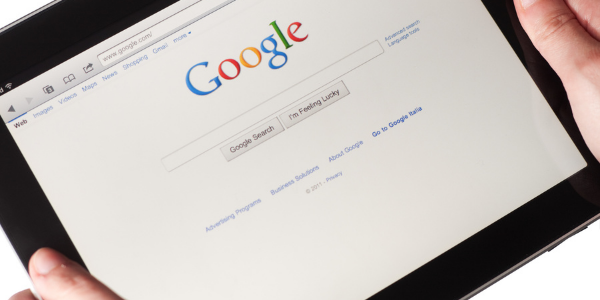It’s nothing new for companies to rebrand their business and choose a new name. There’s a lot to consider when naming a business, and sometimes the meaning and direction of a company can change. Oftentimes, the names of brands are decided based on the reason behind the company. A name has to resonate with the purpose of the brand, something that will instantly convey the right message to the customers and end-users. Reflecting upon the last few decades, we see that many renowned brands have changed their names, whether to make them simpler, easier to understand, or easier to pronounce. This was the case with the one and only, world-famous Google.
Google was founded by Larry Page and Serge Brin as a search engine in 1996 and was initially called “BackRub”. The idea behind the name BackRub was to help people understand how the search engine ranked websites. BackRub was programmed to check the backlinks of each website as a means to rank it. The search engine also analyzed other sites it linked to, just to understand how important the website was. They figured that the more places that linked to the website, the more important and reliable of a source it must be. The name “BackRub” came from this concept of backlink analysis. The founders held onto the name until 1997.
Back then, BackRub was operating on Stanford University’s server. It was soon taken down because it was using up too much bandwidth and slowing down the server for other users. Founders Page and Brin worked on this problem, and the solution led to a massive boost in traffic on the search engine. It was then the founders gave a second thought to the name. They realized “BackRub” was too distant a concept behind naming their search engine. Everyday computer users may not necessarily understand the backlink process, making the name somewhat confusing. Page and Brin wanted the name to be something catchy that instantly conveyed meaning to the users.
This eventually led to a brainstorming session at Stanford, and many suggestions came flooding in. One thing Page and Brin knew for sure was that the name had to resonate with the central idea of BackRub: it’s a search engine that will show millions of results for every word the user searches. This helped them narrow down the multitude of possibilities they now had.
Sean Anderson, a graduate student at Stanford, suggested the name “googolplex” during the brainstorming session. It was instantly liked by Page who shortened it to “googol”. Googol is the digit 1 followed by 100 zeroes which would symbolize the search engine’s potential to show numerous results on a single search.
To make the final move, Anderson searched the name Googol to see if any other websites already had the domain. He made a typo and wrote “Google” instead of Googol. Page loved that name even more and wasted no time registering it. The search engine Google was registered on September 15, 1997, and the rest is history.

